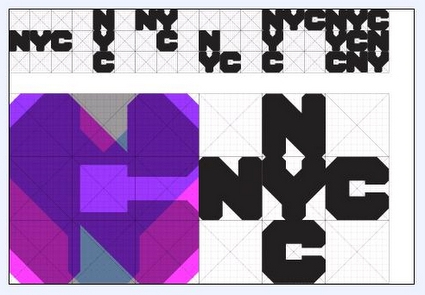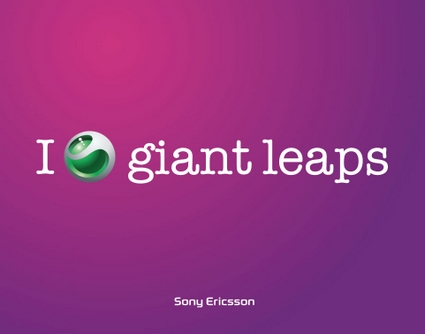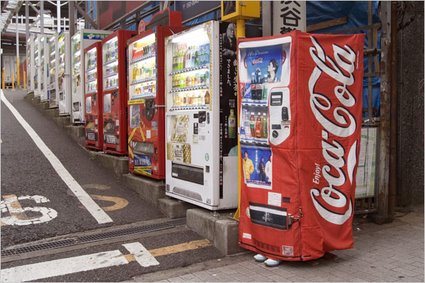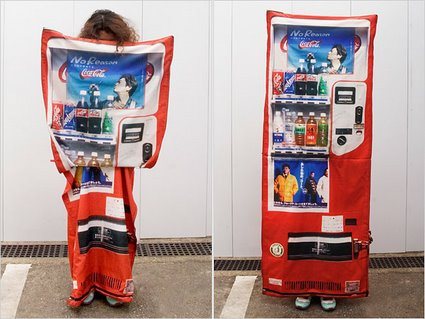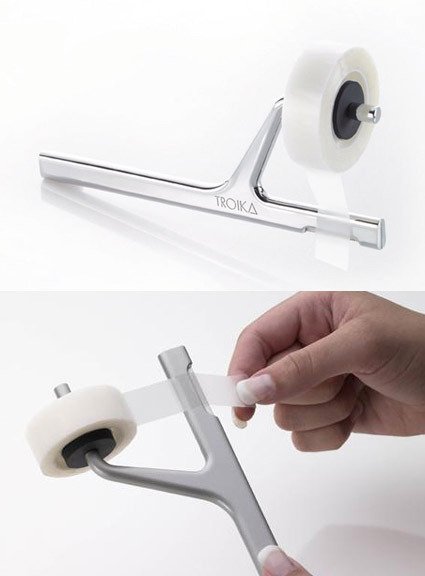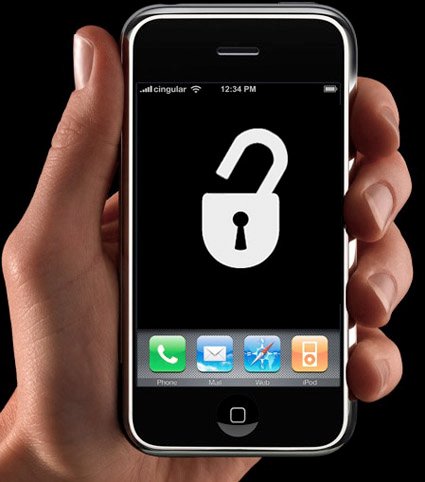
Product Red (styled (PRODUCT)RED) is a for-profit brand which is licensed to some of the more iconic brands: Apple, Motorola, AMEX, GAP, etc., who are then entitled to use this brand on their products. In return, they donate a percentage of profits towards the AIDS cause in Africa.
I don’t harbor warm feelings to this campaign – a marketing gimmick that leverages on human compassion to dig more gold from the consumers. Look at the copy of what (Product) RED is about – if this isn’t marketing and branding fluff, I don’t know what else is:
“Each company that becomes (RED) places its logo in this embrace and is then elevated to the power of red. Thus the name — (PRODUCT)RED. You, the consumer, can take your purchase to the power of (RED) simply by upgrading your choice. Thus the proposition: (YOU)RED. Be embraced, take your own fine self to the power of (RED). What better way to become a good-looking samaritan?! [bold mine, ?! theirs]
Stemming from a reaction against the (RED) campaign, the (LESS) campaign invites donation to the same charities for AIDS as (RED), but without the conspicuous consumption of the branded goods. When I first saw the ads/pictures, I thought it was rather refreshing. I must say I’m a little less inspired when I went to their website though.
While they sharply challenged the (RED)’s ideology of copious consumption in the poster ads, they have inherited and duplicated (RED)’s style – be it in their web design, approach or their overtly-marketing tone, complete with slogans and a faux sense of grandeur. While reacting against the superficiality of (RED), they seem to be sorely lacking in sincerity of their own.
It does make me ponder if (LESS) is even operated by the same people in (RED) – like you’d learn in Marketing 101 – it never hurts to capture more segments of the target demographic.



